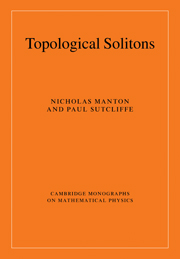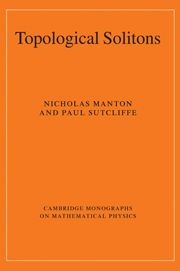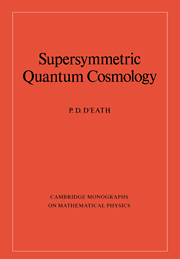Kinks and Domain Walls
Kinks and domain walls are the simplest kind of solitons and are invaluable for testing various ideas and for learning about non-perturbative aspects of field theories. They are the subject of research in essentially every branch of physics, ranging from condensed matter to cosmology. This book is an introduction to kinks and domain walls and their principal classical and quantum properties. The book examines classical solitons, building from examples in elementary systems to more complicated settings. The formation of solitons in phase transitions, their dynamics and their cosmological consequences are further discussed. The book closes with an explicit description of a few laboratory systems containing solitons. Kinks and Domain Walls includes several state-of-the-art results, some previously unpublished. Each chapter closes with open questions and research problems and will be of great interest to both graduate students and academic researchers in theoretical physics, particle physics, cosmology and condensed matter physics.
- Has a pedagogical style that benefits readers in learning the subject
- Contains lists of open questions to help in finding research topics
- Covers a wide array of sub-disciplines
Reviews & endorsements
"This book covers an extremely wide range of material and is excellently written and presented, with clear explanations of both the concepts involved and the mathematics used to describe these structures."
Ian A.B. Strachan, Mathematical Reviews
Product details
March 2010Paperback
9780521141918
192 pages
229 × 152 × 10 mm
0.27kg
Temporarily unavailable - available from TBC
Table of Contents
- Preface
- 1. Classical kinks
- 2. Kinks in more complicated models
- 3. Interactions
- 4. Kinks in quantum field theory
- 5. Condensates and zero modes on kinks
- 6. Formation of kinks
- 7. Dynamics of domain walls
- 8. Gravity and cosmology of domain walls
- 9. Kinks in the lab
- Appendix A. Units, numbers and conventions
- Appendix B. SU(N) generators
- Appendix C. Solution to a common differential equation
- Appendix D. Useful operator identities
- Appendix E. Variation of the determinant
- Appendix F. Summary of cosmological equations
- Reference
- Index.







